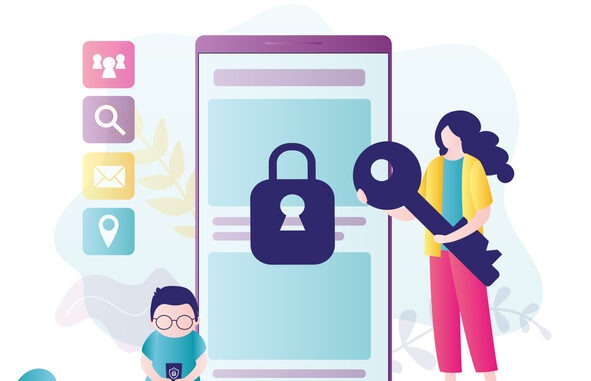
Frontline workers warn how children as young as seven are being bombarded with harmful online sexual material
CREDIT: This is an edited version of an article that originally appeared on The Guardian
Barnardo’s works directly with children who are victims of abuse, or display signs of harmful or risky sexual behaviour; in 2020-21 they worked with 382,872 children, young people, parents and carers. In a recent survey of their frontline workers across England and Wales, staff reported a rise in the number of children participating in acts they have seen in pornographic videos, despite feeling uncomfortable or scared. They describe porn as having a ‘corrosive’ effect on child wellbeing.
Child sexual abuse expert Sarah works with children who are displaying signs of inappropriate sexual behaviour. She also trains other professionals who work with children
“I started out as a primary school teacher eight years ago, and I’ve been worried about children seeing porn ever since. Children don’t have to be able to type to see porn – it can be sent to them, or shown to them on someone else’s ‘phone. They see it at school, in the corridors, in the bathrooms, on the bus. There is just no censor on any of it – one video leads to another. If you can imagine it, it exists as porn, and children are seeing it.
“I am working with a teenager who was sexually abused by a family member. This young person had been exposed to porn and it was perpetuating what the abuser told them – that this is normal, that it’s not abuse.”
She is particularly concerned, as are her colleagues, about the increasingly extreme nature of the porn freely available on mainstream sites. “A common role play theme on porn sites is intra-familial abuse – on mainstream sites you will see the fetishisation of grandad and granddaughter sex, or stepfathers and stepdaughters. This may lead to a young person not disclosing or getting the support they need. From both angles it is dangerous; it puts the child at risk, and encourages the perpetrator.
“The impact of porn is seen in children harming others, or themselves, because they either don’t understand or are so ashamed of sexual urges. Shame is very prevalent, and is often hidden.
“We are working with a seven-year-old who has been exposed to porn and is now displaying sexualised behaviour. They had free rein on a device, and someone hadn’t deleted a browser history. Once a young person sees porn, they may feel a need to come back again and again – porn is designed to meet a need; this is a form of sexual abuse against that child.”
Brian* is a senior social worker who has worked with children for over 30 years
“Unfortunately, porn is a feature for the majority of the children who come into our service. The children we support are very damaged; they would be likely to have experienced multiple forms of abuse – sexual, physical and domestic. Porn, in and of itself, is not the cause of their behaviour, but it becomes a compounding factor when it hits that history of vulnerability.
“Adult sex offenders can give children a distorted rationalisation for their behaviour, and the messages that are given through porn then fit with that distortion.”
Lucy* has worked within the field of child sexual abuse for 16 years
“We know children find porn distressing – they are telling us that themselves. We have done research with children in schools so that we have a cohort to compare our vulnerable children to, and they are saying the same thing.
“This is not what could be described as ‘erotic’ or ‘soft’ porn. They may start on porn sites and quickly begin to see very hardcore material – or extreme material lands in their social media feeds, and they can then feel compelled to go back and look again.
“Children are less able to manage sexual arousal, and this material is designed to be arousing. Lots of children can feel guilty and distressed by what they see. We have 14-year-olds telling us they have to watch it as soon as they wake up; they describe being preoccupied with accessing porn to an extent that impacts upon their day-to-day life.
“We also regularly work with children with learning disabilities, another group vulnerable to the harm of porn. They may be shielded from sexual information and then reach 13 or 14 and take away the wrong learning from porn. They may learn that ‘no means yes’ – that if you persist, women will enjoy forced sex. These messages are harmful for any child but, for children with learning needs, or who have developed unhealthy beliefs around sex as a result of abuse, it’s particularly bad.
“After lockdown we began to get more calls from parents where there is no other obvious trauma, just the exposure to porn. I’ve been doing this for 16 years, and children have far more access to porn now.”
* Names and some details have been changed to protect identities



Be the first to comment